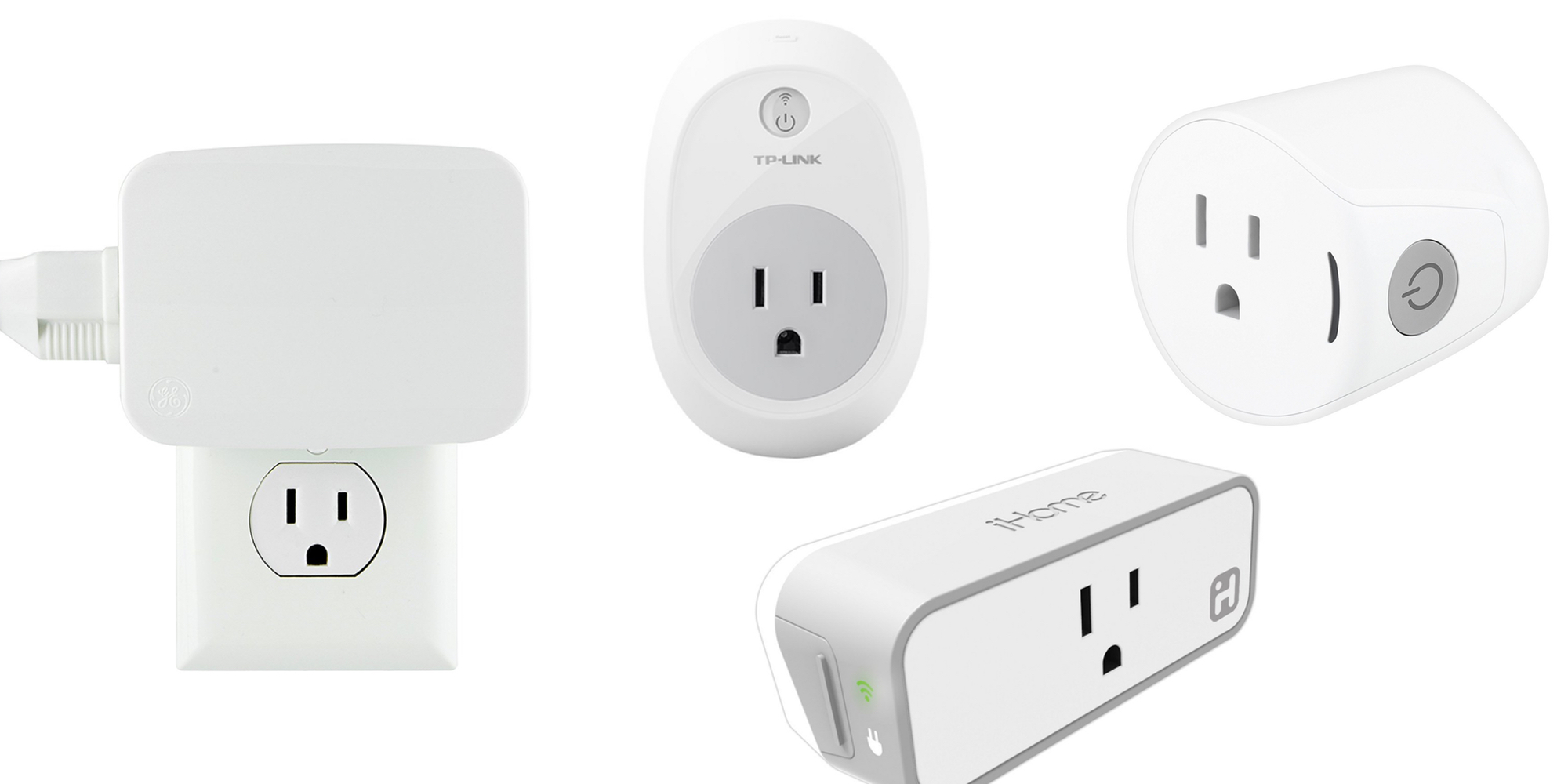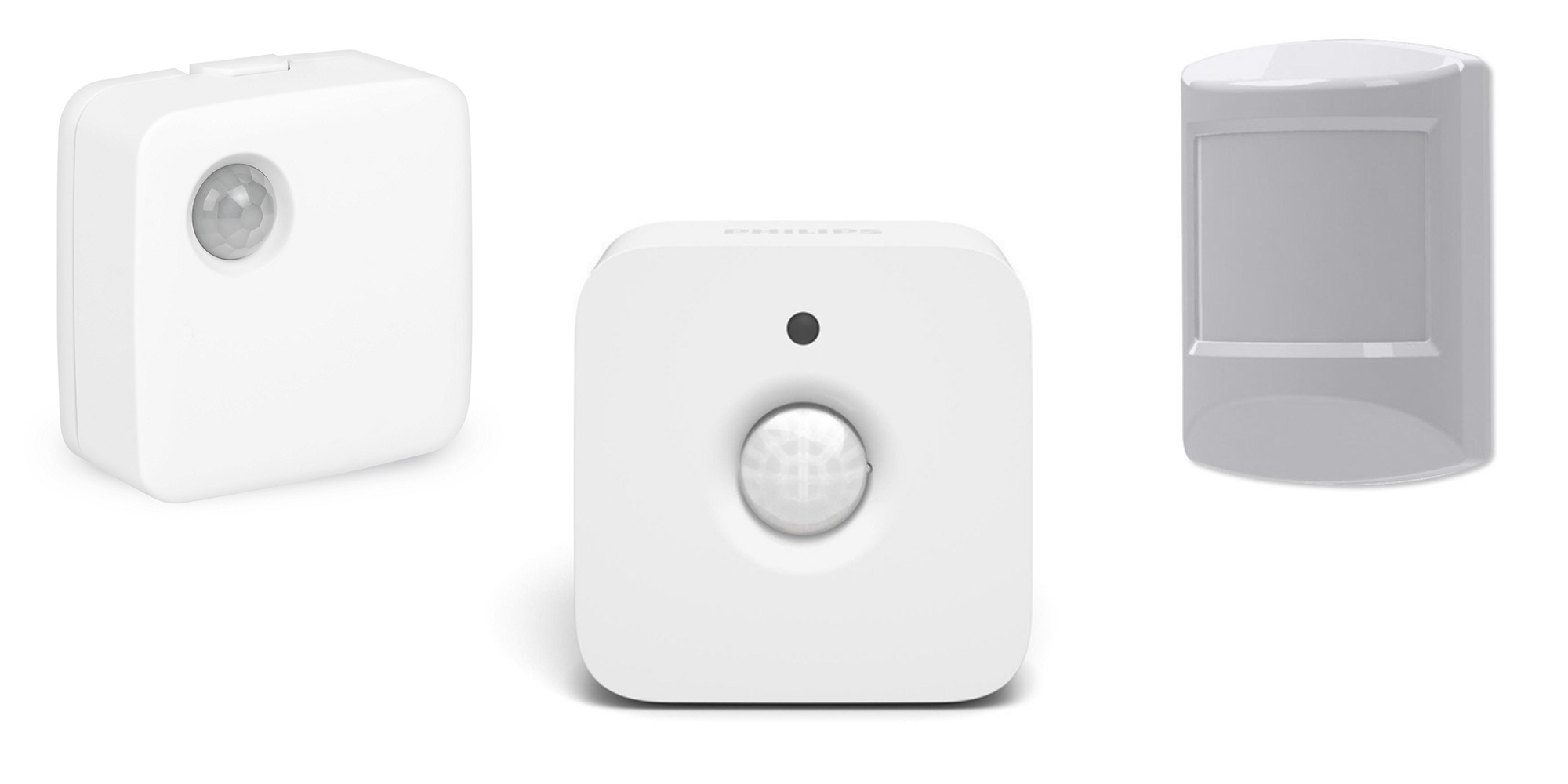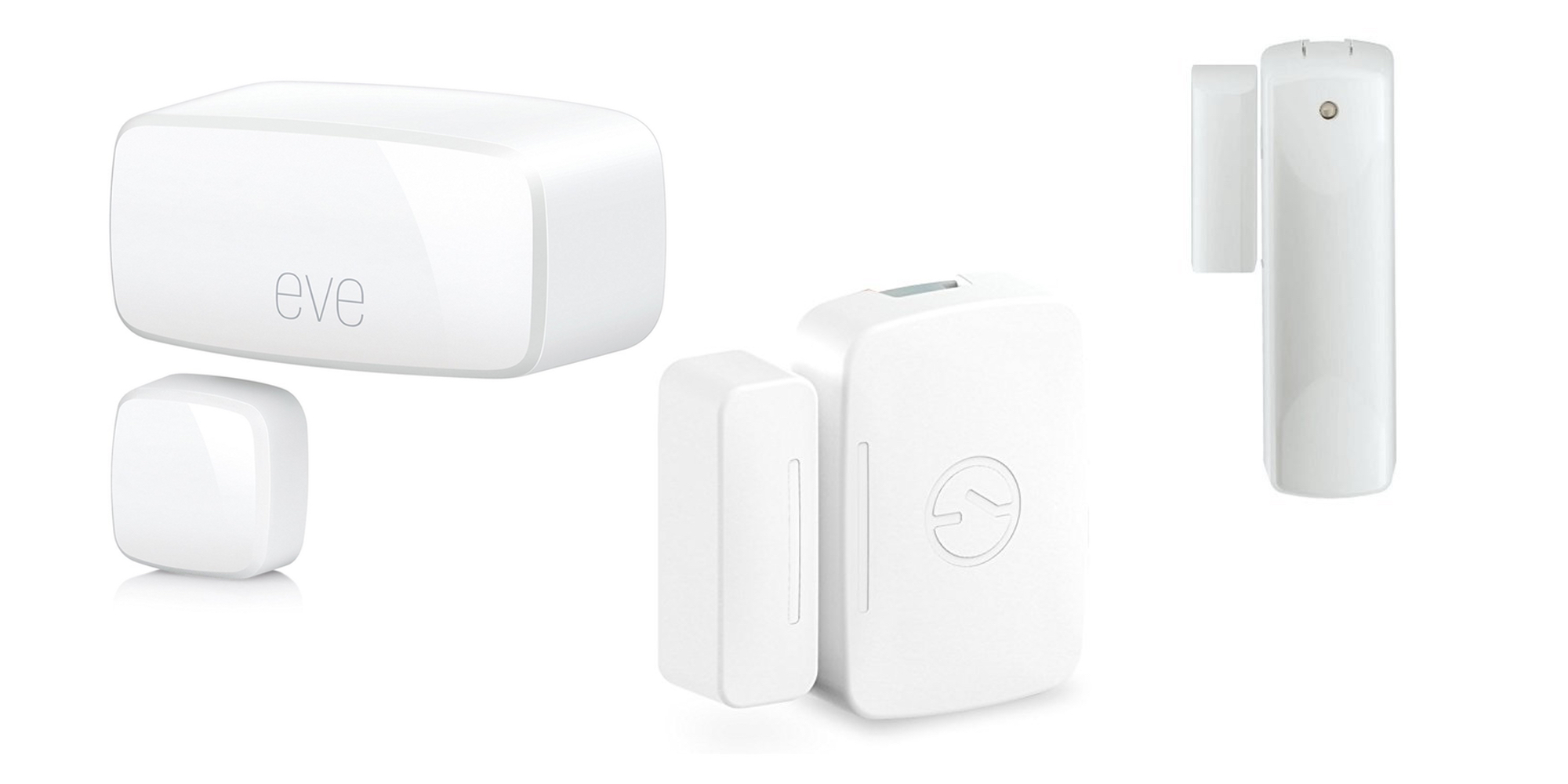
Through October we’ve been offering tips in order to get you and your home ready for Halloween. And with the frightful holiday around the corner, there’s still just enough time to help get your home ready for guests and trick-or-treaters. What better way than to leverage some of your smart home devices towards a spooky display of decorations fit for the modern age.
The first step in setting up a smart haunted house is choosing a platform. HomeKit and SmartThings are two great systems that offer simplistic setup and are compatible with a wide assortment of devices and sensors. If you’re just in the market for a smaller, less comprehensive setup, adding as few lights or outlets to your Amazon Echo is a solid option as well.
On the other end of the spectrum, Home Assistant is a fantastic way to go all-in with smart home tech. The system gives you access to one of the most extensive lists of compatible devices and offers fine-grained control over your gadgets. But regardless of which route suits your needs the best, each should be able to help make your home just a little spookier this Halloween.
HomeKit works without a hub, but an Apple TV or iPad can add remote access to your home’s devices. SmartThings is based around Samsung’s hub which is compatible with the company’s devices as well as others like Z-Wave and more. With Home Assistant we recommended running the system on a Raspberry Pi, but pretty much any old computer should do the trick as well. We’d recommend a Z-Wave stick for extra device compatibility as well.
Getting Started:
Smart Plugs:

Smart Plugs are a great way to retrofit some of your existing Halloween decorations into more interactive ones. These let you bring voice control and automations to your inflatable displays, fog machines, festive lights and whatever other ornaments you use to celebrate All Hallows’ Eve.
Recommendations:
- HomeKit: iHome smart plug: $35 An easy to set up solution that integrates nicely with HomeKit. Can personaly be recommended for its reliability and quick response time.
- SmartThings: Samsung Outlet: $40 Guaranteed compatibility so there’s no need to mess around in order to add smartphone control to your decorations.
- Alexa: TP-Link: $17 Both options above are compatible with Alexa, but this is a highly-rated option as well.
- Home Assistant: Z-Wave Plus Outlet $37 Z-Wave devices are extremely reliable and have offline control.
Lighting:

Connected-lighting, much like smart plugs, are common for adopters of home automation already. The smart lights can be used to set the mood with a haunting shade of red and with the help of some mobile applications can simulate lightning, candles and more. Better yet, pair a plastic pumpkin with a Philips Hue Go or other portable light for a 21st Century Jack-O-Lanturn.
Recommendations:
- Philips Hue Lighting Kit: $100 Perfect for filling your home with ambient, smartphone-controlled lighting and works with a wide variety of platforms.
- Philips Hue Go: $64 A great way to bring spooky lighting on-the-go with its built-in battery.
- LIFX Smart Bulbs: $60 Ideal if you only need one or two bulbs to introduce some mood lighting into your home. Great for porch lights to spook trick-or-treaters.
- Nanoleaf Aurora: $200 These modular panel lights can be rearranged into a pumpkin shaped design, and with a few pieces of black paper can become the coolest Jack-O-Lanturn on the block.
More In-Depth:
Adding additional sensors to your home automation setup helps flesh out the complexity of your decorations; allowing you to go from simple to more interactive experiences. Motion and door sensors offer the ability to trigger automations, so your smart home can react when unsuspecting guests come knock on your door.
Motion Sensors

Motion sensors are a great way to scare some trick-or-treaters with spooky sound effects or a festive light sequence. These let you trigger automations as costumed-children run up to your door and more.
Recommendations:
- HomeKit: Philips Hue Motion Sensor: $40 Syncs with the Hue lighting system, HomeKit, Alexa and just about anything else. It’s our top pick across the board.
- SmartThing: SmartThings Motion Sensor: $25 If you’d like to stay locked to the ecosystem, Samsung’s motion sensors are a solid bet. Or you could just opt for the Hue motion sensor as well if you’re already using the lights.
- Home Assistant: Z-Wave Plus Motion Sensor: $40 If you’re an adopter of other Z-Wave tech you’ll be right at home with the motion sensor, but the other options are compatible as well.
Door Sensors:

In the same vein as motion sensors, these allow you to detect when a door has opened and respond with an appropriate automation.
Recommendations:
- HomeKit: Elgato Eve Door & Window: $40 Can personally recommend as it is easy to setup and works flawlessly with HomeKit as long as there is a device in range of its Bluetooth.
- SmartThings: $32 Compatible with Samsung’s smart home platform and shouldn’t give any issues getting set up.
- Home Assistant: Z-Wave Door & Window Sensor: $37 Has a longer range than Bluetooth-reliant devices and fits in well with the open-source platform.
Tying it all together:
Sound effects and other fun automations
So you’ve got all the gear you need to bring your frightful festivities into the modern age and you may even have a few ideas on how to scare your neighbors. But how do you tie it all together into the best Halloween display on the block? We’ll be taking a look at a few automations to help get you started.
On the more basic side, motion detectors and door sensors can be used to trigger automations and scenes. Putting these to work in your smart home can turn the lights a spooky green when guests arrive or activate a fog machine as trick-or-treakers approach your driveway.
If you’re really looking to take things to the next level, playing sound effects in addition to light automations is the best way to do it. Unfortunately HomeKit lacks the ability to play audio through automations, but if you’re using SmartThings or Home Assistant, you can set up your system to play tunes, sound clips and more.

On the SmartThings side, hooking up your system with a Sonos speaker offers the ability to play alerts, music and other sounds. You could play the Ghostbusters theme when motion is detected or any other festive soundtrack your Halloween-loving heart has in mind.
With Home Assistant you can use any speaker system that you can connect to the Raspberry Pi or computer it’s running on. The platform’s robust list of compatible devices also means just about anything can be used to trigger an automation. For this Halloween I’ll have my front door hooked up to play an assortment of spooky noises like sinister laughs, frightening screams, growls and more.
Have plans to implement some frightening decorations in your home or just want to share your awesome Halloween setup? Tell us about it in the comments below!
FTC: We use income earning auto affiliate links. More.





Comments